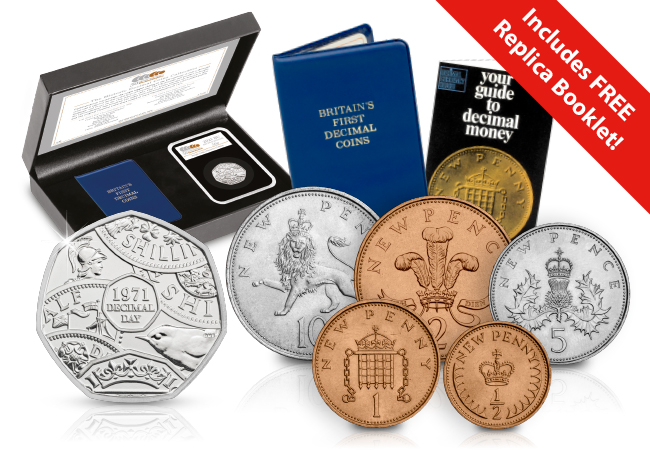Posts Tagged ‘pre-decimal coinage’
Decimalisation: Your top five questions answered
This year marks the 50th anniversary of the Decimalisation of our currency. On 15th February 1971, known as Decimal Day (or D-Day), the country switched to the decimal currency (based on multiples of 10 and 100) that we are familiar with today. But what happened on that day, and why is it important to collectors?
Before then, Britain used a monetary system that dated thousands of years back to the Roman Empire! The problem with the old Pounds, Shillings, and Pence system (sometimes called ‘old money’) is that it was based on multiples of 12 and 240. This made it quite confusing – there were 12 pennies in a shilling and 240 pennies in a pound, and 20 shillings made a pound – certainly not easy to add up in your head!
We get a lot of questions about Decimalisation, so before we celebrate the anniversary next month, we’ve answered some of your top questions about the biggest change to UK currency ever!
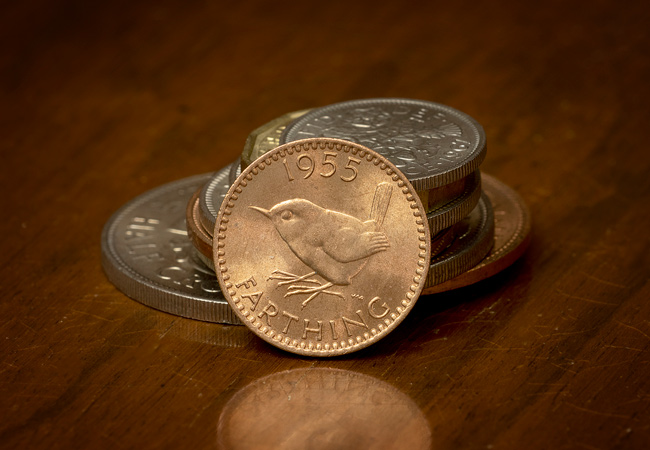
What were the coins called before Decimalisation?
The Pounds (£), Shillings (/-) and Pence (d) system included lots of coins with very different names to today’s coinage. A lot of these coins were given slang nicknames, such as ‘thrupence’ or ‘thrupny bit’ for a threepence, or a tanner for a sixpence. A Shilling was sometimes called a ‘bob’, and a ten shilling note would often be referred to as a ‘ten-bob‘ note.
| Pre-decimal Coin | Amount | Decimal Equivalent |
| Halfpenny | ½d. | 5⁄24p ≈ 0.208p |
| Penny | 1d. | 5⁄12p ≈ 0.417p |
| Threepence | 3d. | 1¼p |
| Sixpence | 6d. | 2½p |
| Shilling | 1/- | 5p |
| Florin | 2/- | 10p |
| Half Crown | 2/6 | 12½p |
| Crown | 5/- | 25p |
Who was the first country to go decimal?
Did you know the UK wasn’t the first country to go decimal? In fact, as early as 1704 Russia introduced the Ruble which was equal to 100 Kopecks, making it the first country to have a decimal coin. It was followed by France which introduced the Franc in 1795. Although the UK was one of the last to turn decimal, discussions first started in Britain as early as the 1820s, but the idea didn’t take off well with the public so it wasn’t until 150 years later that it actually happened.
When were the first decimal coins issued?
The first new decimal coins were actually issued before decimal day in 1971 – three years earlier in fact! In 1968 the plans for decimalisation were set in motion. To try and help the public acclimatise to the new decimal coins, the 5p and 10p, were issued, followed by the 50p a year later in 1969. This meant that the coins circulated alongside their pre-decimal siblings (Shilling, Florin, and 10 bob note) and were used interchangeably. By 1971 when the pre-decimal coinage ceased to be legal tender, only 3 new coins would be introduced (Half pence, one pence, two pence), making the jump to decimal currency a little easier for the public.
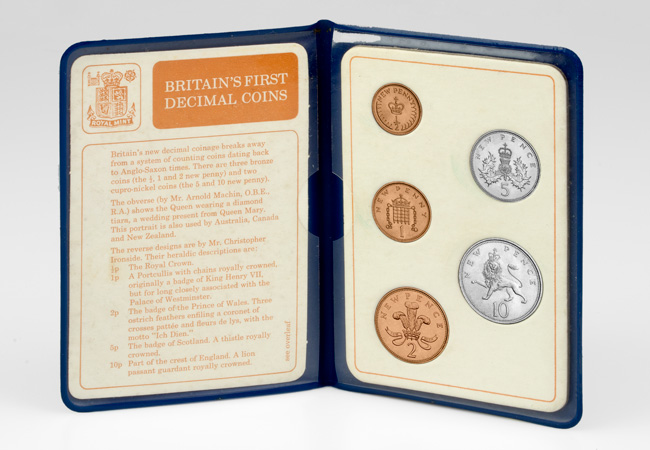
Why did the banks close for four whole days?
In 1971, very few banks used digital systems so on 10th February the banks closed for four days until Decimal Day. This allowed all outstanding cheques to be cleared in old money and all customers accounts to be converted into decimal coinage – and because most banks weren’t computerised, this had to be done manually! February was actually chosen as it was the quietest time of year for banks, shops, and public transport. It’s hard to imagine the banks closing for four days in a row now!
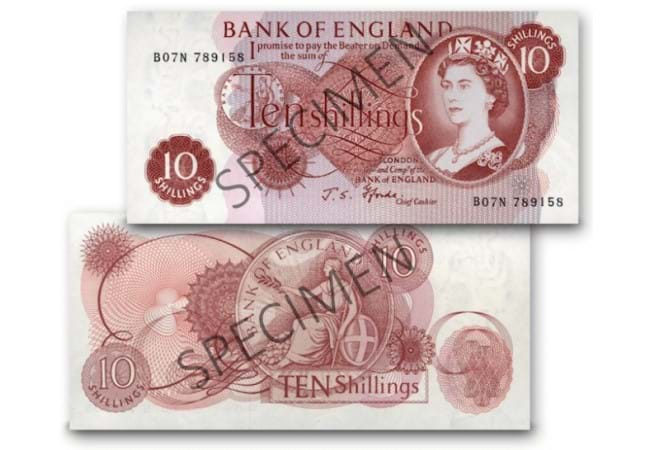
How did people compare between the two currencies?
Many people worried about shopkeepers inflating the prices of products during the changeover, but with a public information campaign that ran for almost 2 years prior, many people already had some idea of the conversions. And to help, currency convertors were made available to people, and shops displayed the prices in both currencies before and after Decimal Day. People could also continue to pay in old money, but they would receive their change in new money.
It took some time, but soon the decimal currency became familiar to everyone and continues to be the biggest change to UK coinage in thousands of years. In the lead up to the 50th anniversary, we’ll be issuing a series of blogs telling you all you need to know about this iconic moment in numismatic history, so make sure to stay tuned!
If you’re interested:
You can commemorate the 50th anniversary of Decimalisation now with the Historic Decimal Coins Collection! Including an ORIGINAL Decimal Coin Wallet, BRAND NEW BU 50p, and a FREE replica booklet. Click here to secure your Historic Decimal Coins Collection for JUST £29.99!
The life and reign of Queen Victoria told through her coins…
One of the things I find most interesting when collecting historic coins is the insight they give into the time they were struck and of the monarch who issued them.
A particular reign that has always fascinated collectors is that of Queen Victoria. During Victoria’s long reign only three major obverse portraits adorned her coins and they come together to chart the life and reign of one of Britain’s most popular monarchs.
The Young Head
The first effigy to feature on Queen Victoria’s coinage is known as the ‘Young Head’ portrait. This early portrait shows Victoria at the tender age of just 18, when she acceded to the throne.
The public in the early 19th century would not have been aware that the youthful Victoria depicted on their coins would soon become the leader of the largest Empire the world had ever seen and would reign longer than any British monarch before her.
The ‘Young Head’ portrait was extremely popular with the general public and remained on Victoria’s coins with only minor alterations for the majority of her reign.

The Jubilee Head
After 60 years however, it was decided that a new portrait was necessary to reflect Victoria as the elder stateswoman she had become. Victoria’s Golden Jubilee marked the occasion for a design change and Joseph Edgar Boehm was chosen to design a portrait for the 78 year old Queen.
However, Boehm’s portrait failed to gain the public’s admiration in the way its predecessor had. The portrait was met with ridicule by the general public who found the small crown balanced precariously on her head as unrealistic and almost comical.

The Veiled Head
The ‘Jubilee’ portrait was quickly replaced in 1893 after only six years, with what was to be the final obverse used on Victoria’s coinage. This new effigy was designed by Thomas Brock and shows a mature bust of the Queen with a veil representing her long period of mourning after the death of her husband Prince Albert.
Victoria was deeply attached to her husband and she sank into depression after his death. For the rest of her reign she wore black and the final portrait of the highly respected Queen represents this secluded period of mourning that came towards the end of her life.
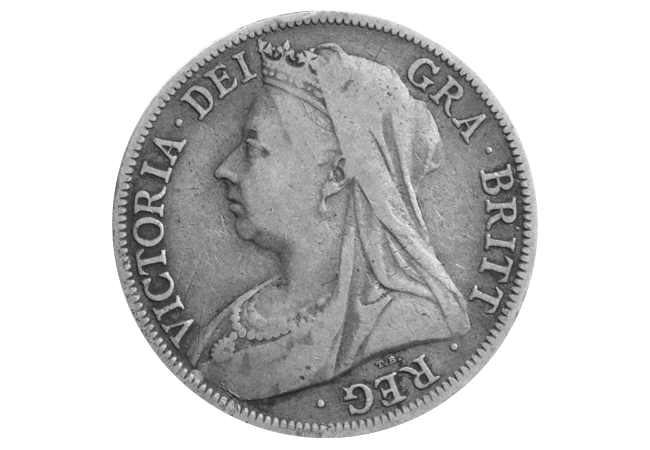
Together, these coin portraits tell the story of Queen Victoria, with each marking an important period from her long reign. All of these coins are now over 100 years old and for me they epitomise Victorian coin collecting.
_______________________________________________________________________________________
If you’re interested…
Today, just a handful of collectors have the opportunity to own each of these key portraits in the official Queen Victoria Half Crown Set.
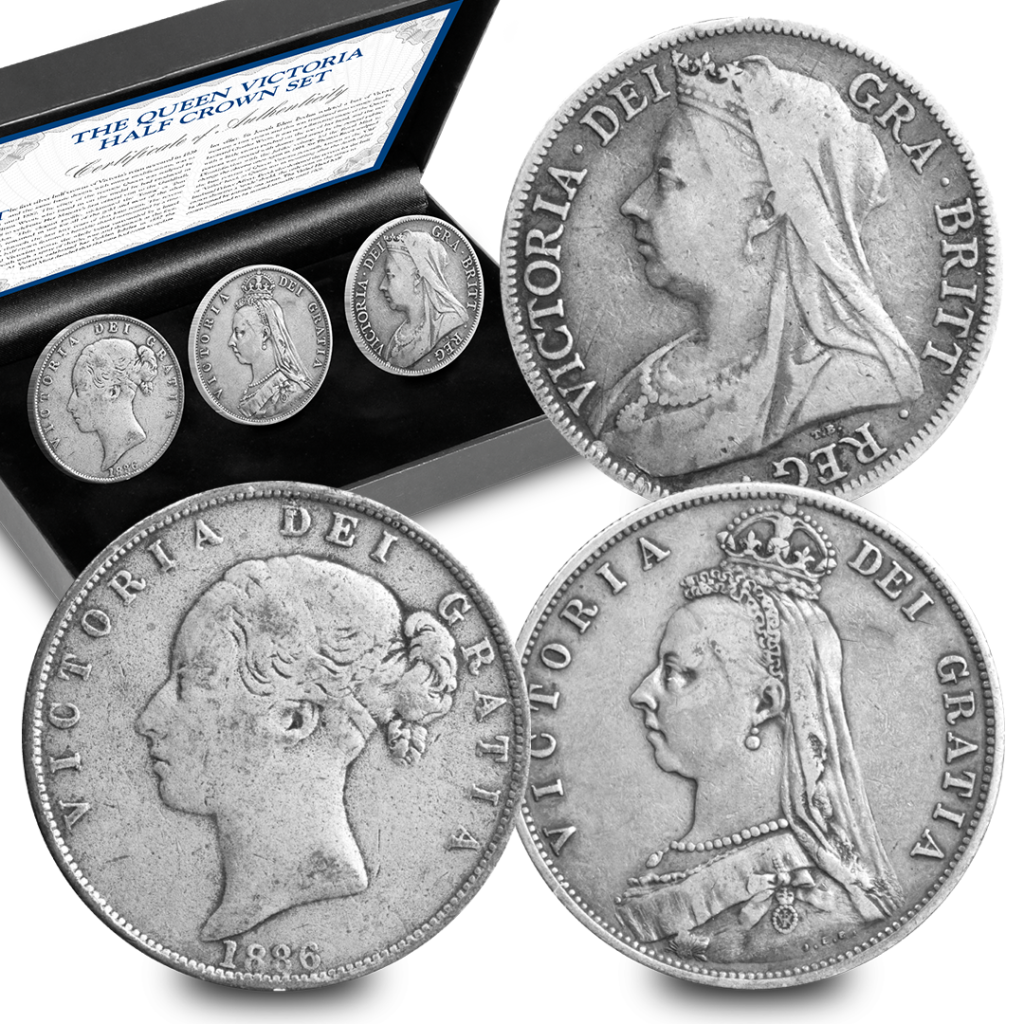
However, these historic coins are very difficult to source and we only have a limited number available.
Click here for more details >>

